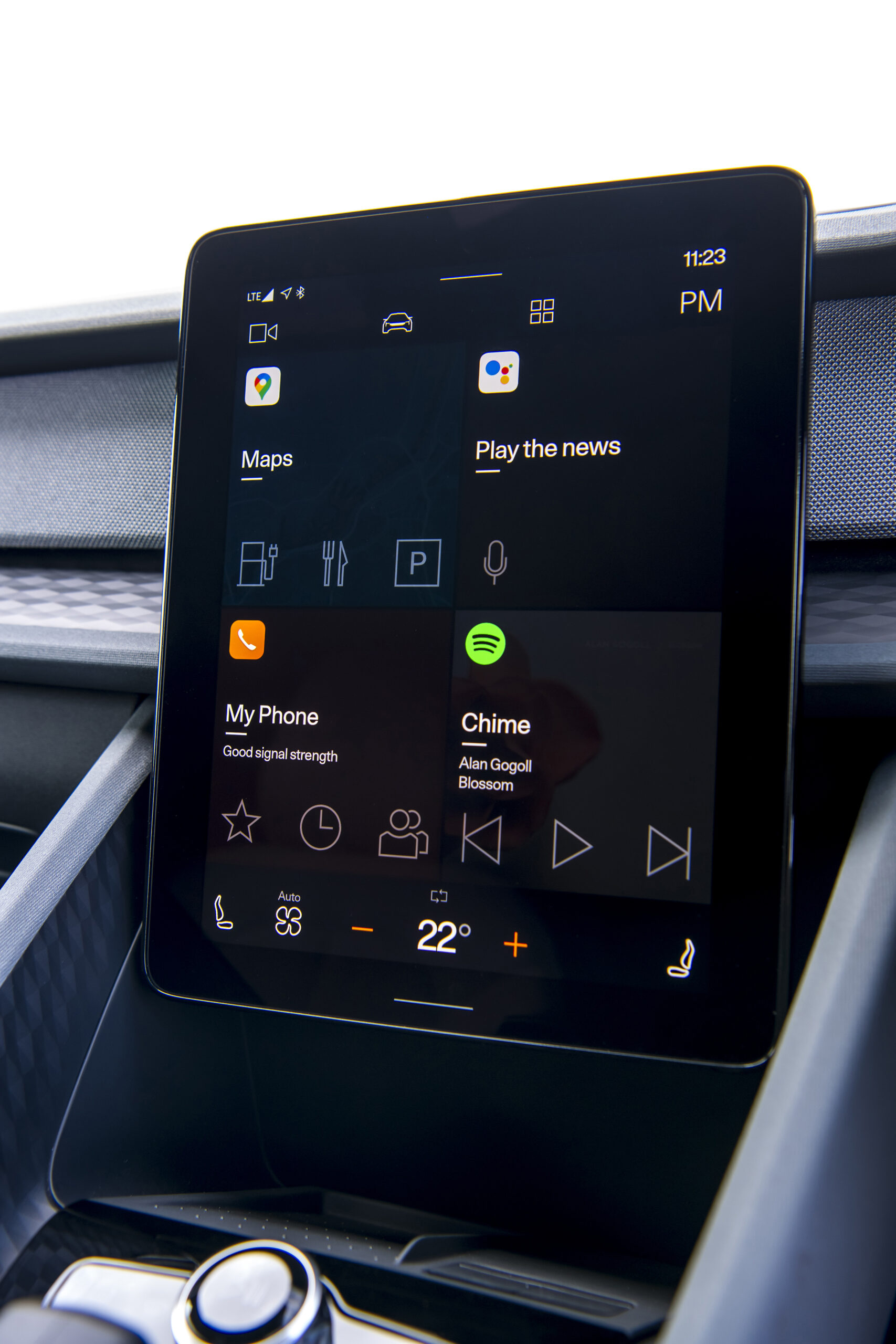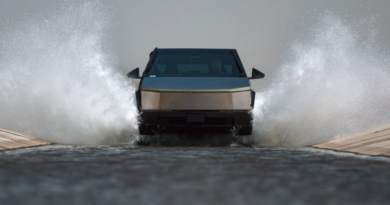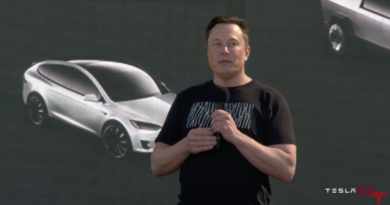Is Google’s Android Automotive the best OS option for EVs?
The on-screen message said GPS signal had been lost, so I was too. The Polestar 2 wasn’t in a long tunnel or deep underground car park. It was somewhere in the suburbs of Zurich, and I needed to find my way back to the Polestar Space (that’s a dealership to you and me) in the old centre of Switzerland’s largest city.
Polestar boasts that its 2 was the first car in the world to be produced with an Android-powered infotainment system. The Swedish-based and Chinese-owned brand is an enthusiastic early adopter of Android Automotive, an open source operating system that allows third party developers to create apps tailored to the car, in the same way it happens with your smartphone.
FULL REVIEW: Polestar 2 Standard Range and Long Range
READ MORE: Polestar 2 pricing to target Tesla Model 3
READ MORE: Polestar 2 raises the crash safety bar
This isn’t the same thing as Android Auto, the app that allows you to connect a smartphone to your car’s display screen. Where Android Auto uses the computing power of your mobile device, Android Automotive OS runs on a processor installed in the car itself. Both are a product of Google and various car makers have committed to using Android Automotive in future: Volvo, Polestar, Audi and General Motors among them.
The idea is to seamlessly blend familiar Google apps, plus those from third-party developers, with all the other content that appears on the Polestar 2’s excellent portrait-oriented infotainment screen. Android Automotive can also move beyond the screen, potentially controlling other features such as ventilation. Expert reviewers have been impressed by the way the Google Assistant and Google Maps work in the Polestar 2.
And I loved the way Google Maps worked in the first two Polestar 2s I test drove in Zurich. As well as looking good and providing clear, well-timed directions, it also delivered useful extra info like estimated battery usage to reach a destination (which, to be fair, others such as the Tesla Model 3 also do).
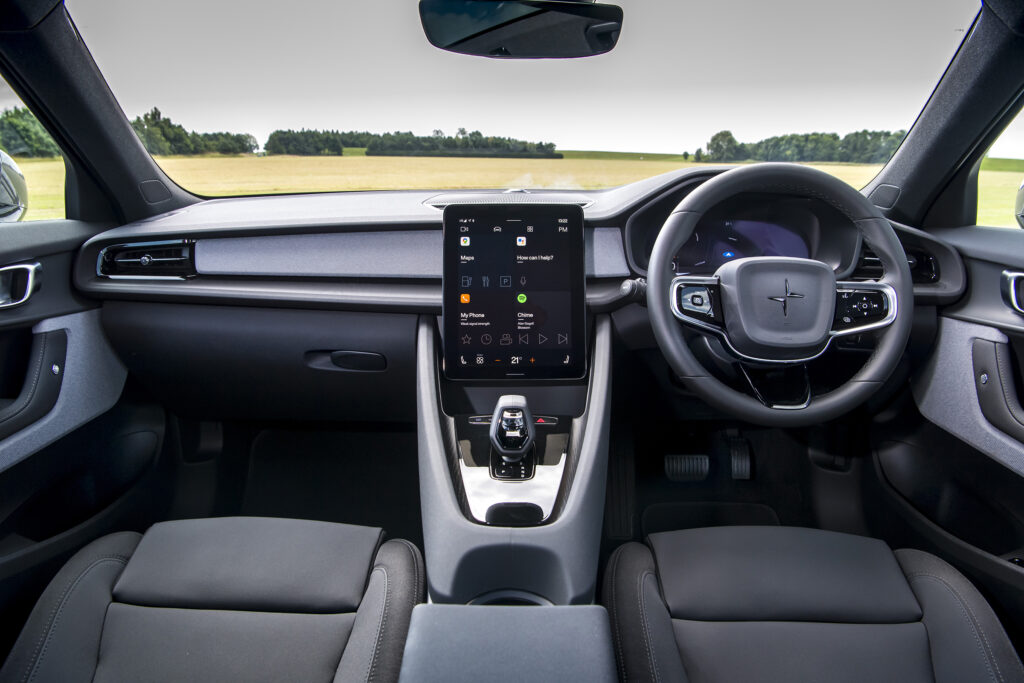
But the Standard Range Single Motor Polestar 2 lost its way not long after I left the centre of Zurich. I needed to spend enough time in it to get a sense of how it compared with the two big-battery Long Range versions I’d already driven.
So I found a place to pull over and rebooted the infotainment system, just the way I’d been shown by the helpful people at the Polestar Space in Zurich. Didn’t work. Multiple susequent attempts didn’t either, so I resorted to shutting down the Polestar 2 altogether and restarting it after five or 10 minutes. Several times. Equally useless.
This trying experience got me wondering whether adopting Android Automotive OS was a smart move by Polestar.
Though, when working, it has advantages over a conventional car sat-nav – rich and up-to-date info, over-the-air updates, and more – I’ve never had an old fashioned system fail.
There are disadvantages to trad sat-nav, like mapping or point-of-interest information going out of date, not to mention the cost of updates, but they’re generally very reliable tech.
Polestar checked and found that both single-motor vehicles I tested in and around Zurich were pre-production cars. I believe them. These versions don’t go on sale officially in some European markets, including Switzerland, until September. But I don’t buy the excuse.
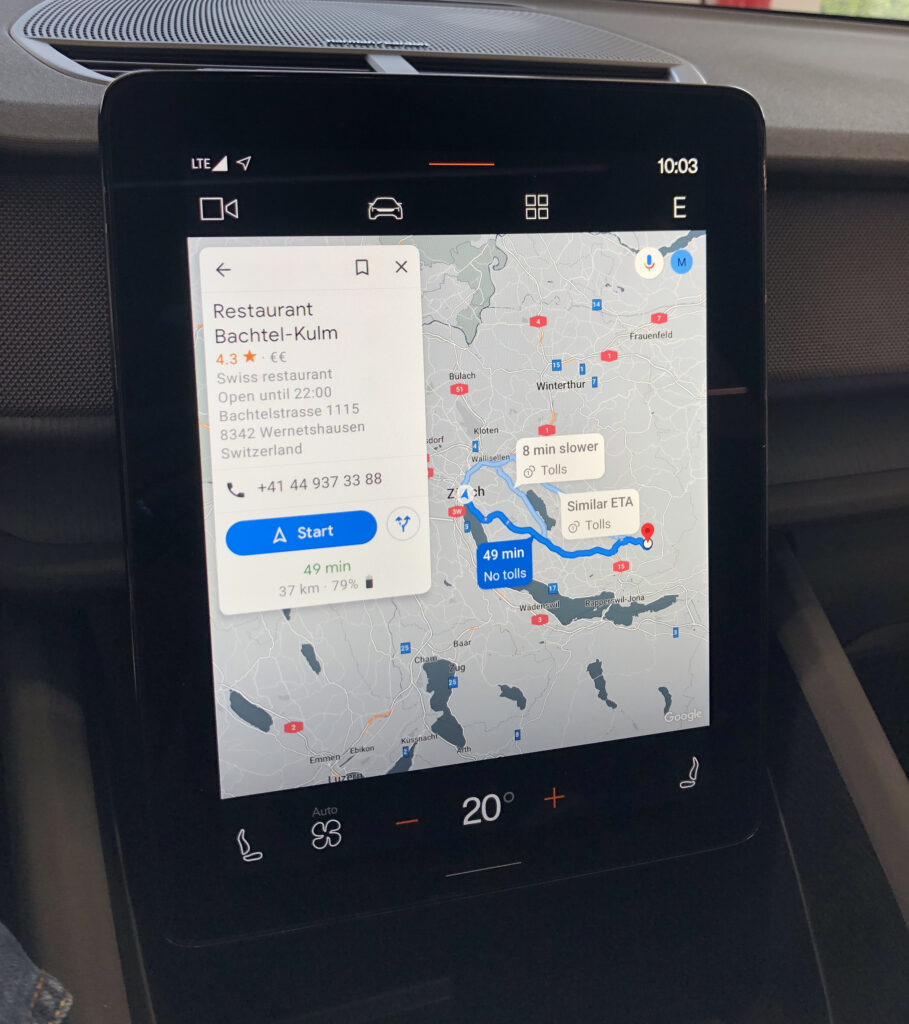
Android Automotive OS has been going into the top-grade Polestar 2 Long Range Dual Motor since production of it began in early 2020. And there’s no obvious reason why the operating system software for the newer Standard Range and Long Range Single Motor versions should be different.
The kind of glitch I experienced seems to be rare. Or, at least, rarely complained about online. I checked.
Even so, I now have doubts about the readiness of Android Automotive OS. If there’s one thing car buyers prize above all else it’s reliability. Ask any Toyota owner.
So how did I make it back to the Polestar Space in time to catch my train home? Used my iPhone, of course. I fired my Here We Go app. I’ve got its free maps of most of Europe installed on the phone, so it would work without sucking expensive Swiss data.
It had no problem finding GPS satellite signal, though it struggled a bit among the tall buildings in the centre of Zurich. Still, it did the job that Android Automotive OS, on this particular day and in this particular car, couldn’t.

